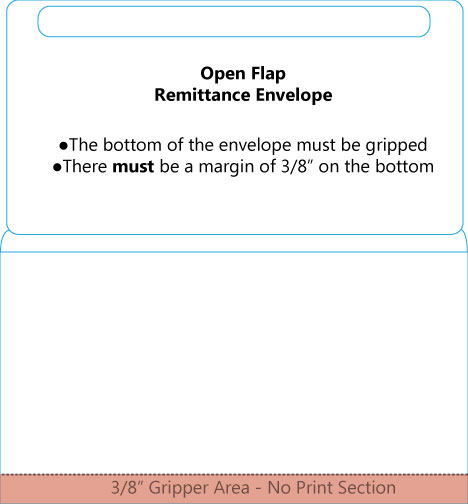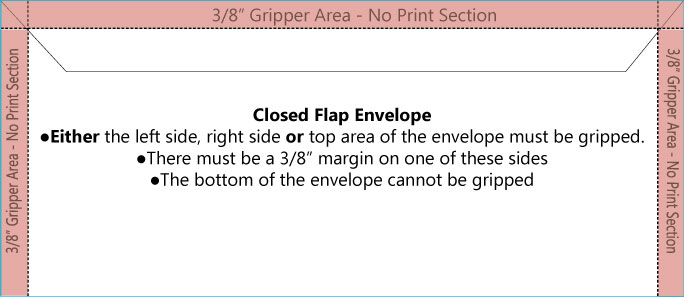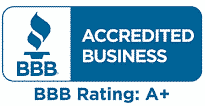Designing an Envelope with Bleeds and Proper Margins
For a business, envelopes can be just as important as the content inside them for conveying a sense of professionalism and brand. Luckily, a company or organization’s can print on both sides and in full color to coincide with their brand and their message. When you are designing your envelope with bleeds, however, there are important margin restrictions to consider. The way that envelopes are pulled through a press requires that there is a 3/8” margin on the edge being gripped by the press.How Envelopes are Printed
When bleeds are printed on a regular sheet of paper for something like a flyer or a poster, the whole image is printed on a larger sheet of paper. The flyer is then cut so that there is no white space around the edges, creating a page that appears as if it were printed to the edge. Envelopes are printed differently, however. When we print on envelopes, they are already assembled and in their final shape and size. This means that envelopes cannot be cut down to a smaller size to eliminate margin because there is no excess space to eliminate. When an envelope goes through a press, it is grabbed on one side by something called a gripper. It is then pulled through the press, and ink can be applied to both the front and the back.What This Means for Designing
The edge where the envelope is grabbed by the gripper to be pulled through the press becomes an area that cannot be printed on. This will only be one edge of the envelope that cannot have bleed, but the rest of the envelope surface can be printed on. The gripper will take up about 3/8″ so it is important to leave that much space as a margin in your artwork on the side that will be gripped.Which Edge will be Gripped?
Not every envelope can be gripped on each side, and it is important to know the differences between the main options. Basically there are two classifications of how envelopes go through a press: open flap or closed flap.Open Flap Envelopes
Open flap remittance envelopes cannot bleed on the bottom of the envelope and must have a 3/8″ margin on the bottom.
Open flap envelopes typically have a larger flap that is often printed on both sides. This style is called a remittance envelope and it has a flap that covers almost the entire surface of the envelope. Because the flap is typically printed on both sides, the envelope runs through the press with the flap open. This means that the only way remittance envelopes can be gripped is from the bottom to avoid the envelope pocket opening up during printing.
Closed Flap Envelopes
Closed Envelopes encompass all other envelopes that have a smaller flap that will stay closed during printing. These include common business and commercial envelopes, A-style, correspondence (#6, 7, 9 and 10), baronial, and letter sized envelopes.
The flap on these envelopes must stay closed during printing, which means they cannot be gripped from the bottom of the envelope, or else the flap would open up while going through the press. This leaves both sides and the top available to be gripped.







